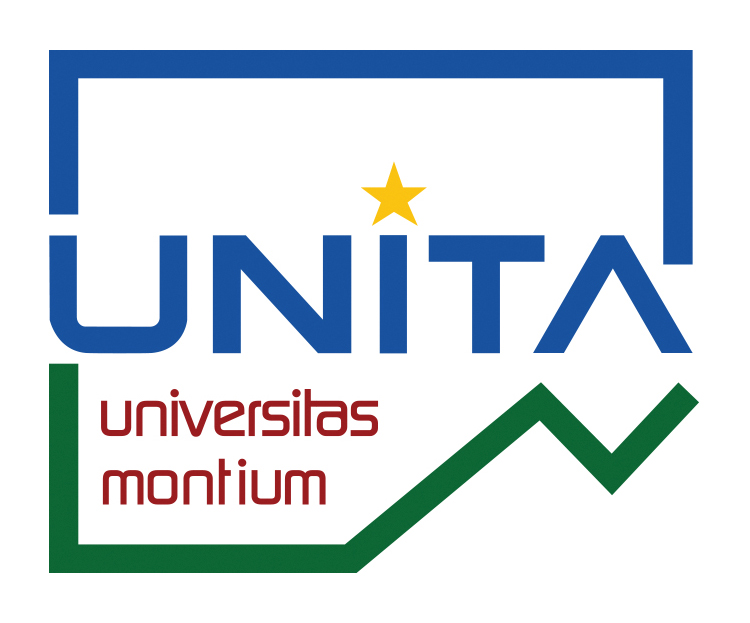The origins of millet cultivation in the Caucasus: archaeological and archaeometric approaches.
Résumé
This paper aims to present the context, the methodological approaches and the results of a research project, called ORIMIL and funded by the French National Research Agency (ANR). An integrative multi-proxy analysis, in collaboration with the Musée des Confluences in Lyon, has been designed to identify whether the region of the South Caucasus was also a hotbed of millet domestication and expansion, like China. The results from the fields of anthropology, archaeozoology, archaeobotany, geomorphology and isotopic biogeochemistry for the territories of Armenia, Azerbaijan and Georgia did not reveal the presence of an early Neolithic or Early Bronze Age hub of millet domestication. Isotopic data associated with direct radiocarbon dating on bones showed that millet was consumed by animals and humans at the earliest towards the end of the Middle Bronze Age (1621-1450 cal BC) in Georgia. These results are in keeping with (1) the numerous direct radiocarbon dates on charred millet seeds and (2) the geomorphological studies showing an increase of better soil quality and cultivable areas during the Neolithic and Bronze Age periods in the Kura valley.

